GPS (Global Positioning System)

Ever wondered how we managed before GPS? This military brainchild, born in the 1970s, was initially designed to guide missiles and track troop movements. But boy, did it change our lives! Now, we use it for everything from finding the nearest coffee shop to tracking our jogs.
It's revolutionized navigation, making paper maps almost obsolete. Industries like shipping and aviation rely heavily on GPS for efficiency and safety. It's even transformed agriculture, allowing for precise farming techniques. And let's not forget how it's shaped social media and apps like Uber. From your smartphone to your car, GPS has become an integral part of modern life.
Teflon
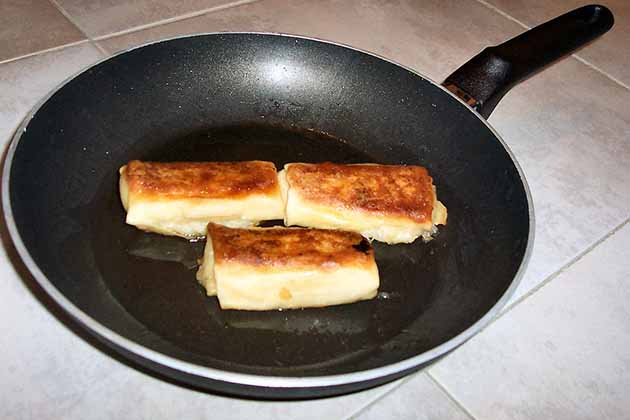
Teflon, that slippery stuff on your non-stick pans, has a fascinating military origin. It was accidentally discovered in 1938 by a DuPont chemist working on refrigerants for the Manhattan Project. Initially used in military equipment due to its resistance to corrosive materials, Teflon soon found its way into our kitchens. But it didn't stop there!
This versatile material is now used in everything from clothing (ever heard of Gore-Tex?) to industrial machinery. It's in your car's engine, your computer, and even in some medical devices. Teflon's non-stick, heat-resistant properties have made cooking easier and safer, while its industrial applications have improved efficiency across various sectors.
Jeep
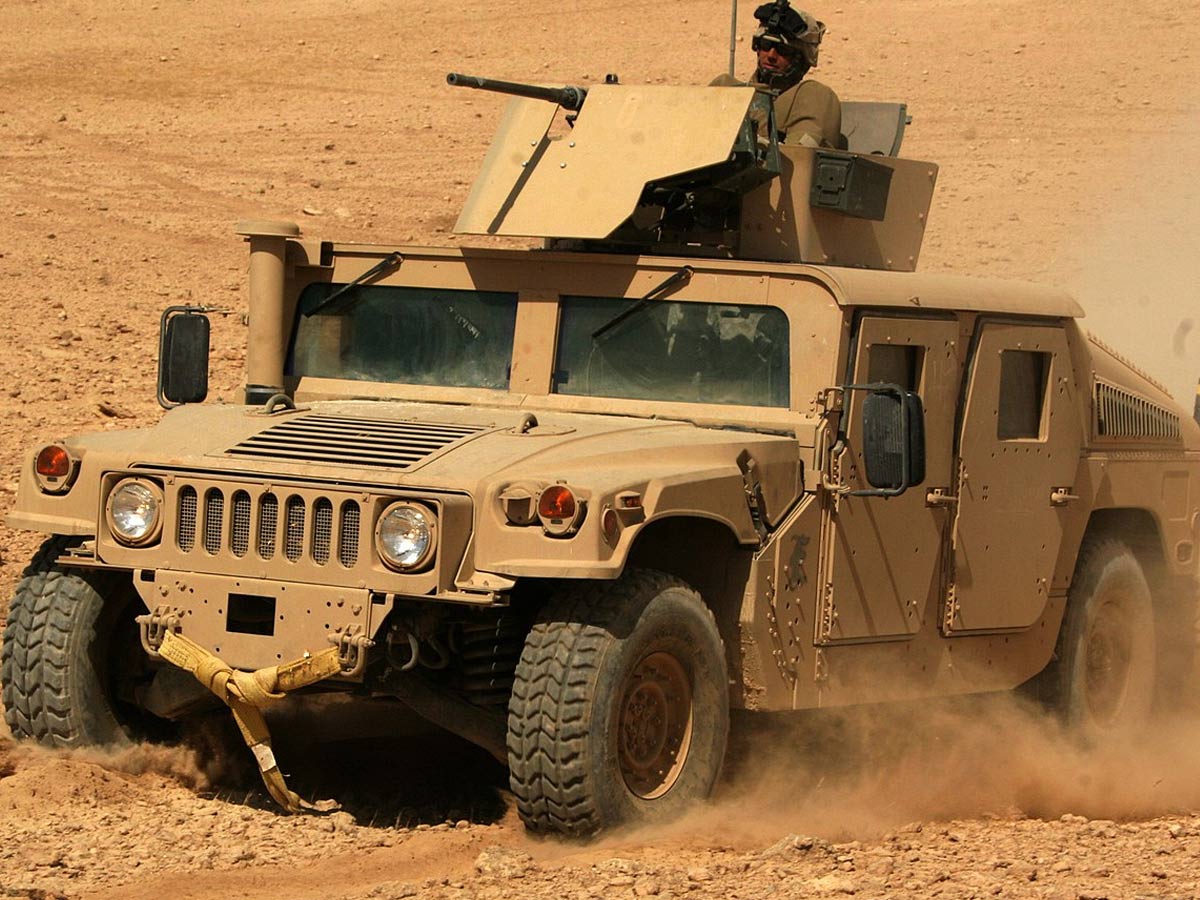
The rugged, go-anywhere Jeep was born out of World War II's need for a light, versatile vehicle. Designed in just 75 days, it quickly became the workhorse of the Allied forces. After the war, Jeeps transitioned to civilian life, becoming popular with farmers, adventurers, and eventually, suburban families.
The Jeep's influence extends far beyond its own brand. It essentially created the SUV market, changing how we think about personal vehicles. Its four-wheel-drive system paved the way for off-road recreation and improved all-weather driving. The Jeep's military-grade toughness also influenced vehicle safety standards. Today, its descendants are everywhere, from city streets to remote wilderness.
Horse Domestication

While not a recent military innovation, horse domestication around 3500 BCE was a game-changer for both warfare and civilian life. Initially used for food and transport, horses revolutionized combat with cavalry units. But their impact on civilian life was equally profound. Horses transformed agriculture, allowing for faster plowing and expanded farming.
They revolutionized transportation, connecting distant communities and facilitating trade. Horses played a crucial role in industrialization, powering machinery before steam engines. Even in sports and leisure, horses left their mark with activities like racing and polo. Although largely replaced by machines today, horses shaped human civilization for millennia, influencing our cultures, economies, and even our languages.
Canned Food

Canned food, a staple in our pantries, was born from military necessity. In 1795, Napoleon offered a prize for preserving food for his armies. Nicolas Appert rose to the challenge, developing the canning process. This innovation transformed military logistics, allowing troops to carry non-perishable, nutritious food. In civilian life, canned food revolutionized food preservation and distribution.
It enabled year-round access to seasonal foods and made long-distance food transport possible. Canning improved nutrition in urban areas and during harsh winters. It also spurred the growth of the food industry. Today, canned foods are crucial for disaster relief efforts and provide convenient, long-lasting options for busy households.
EpiPens
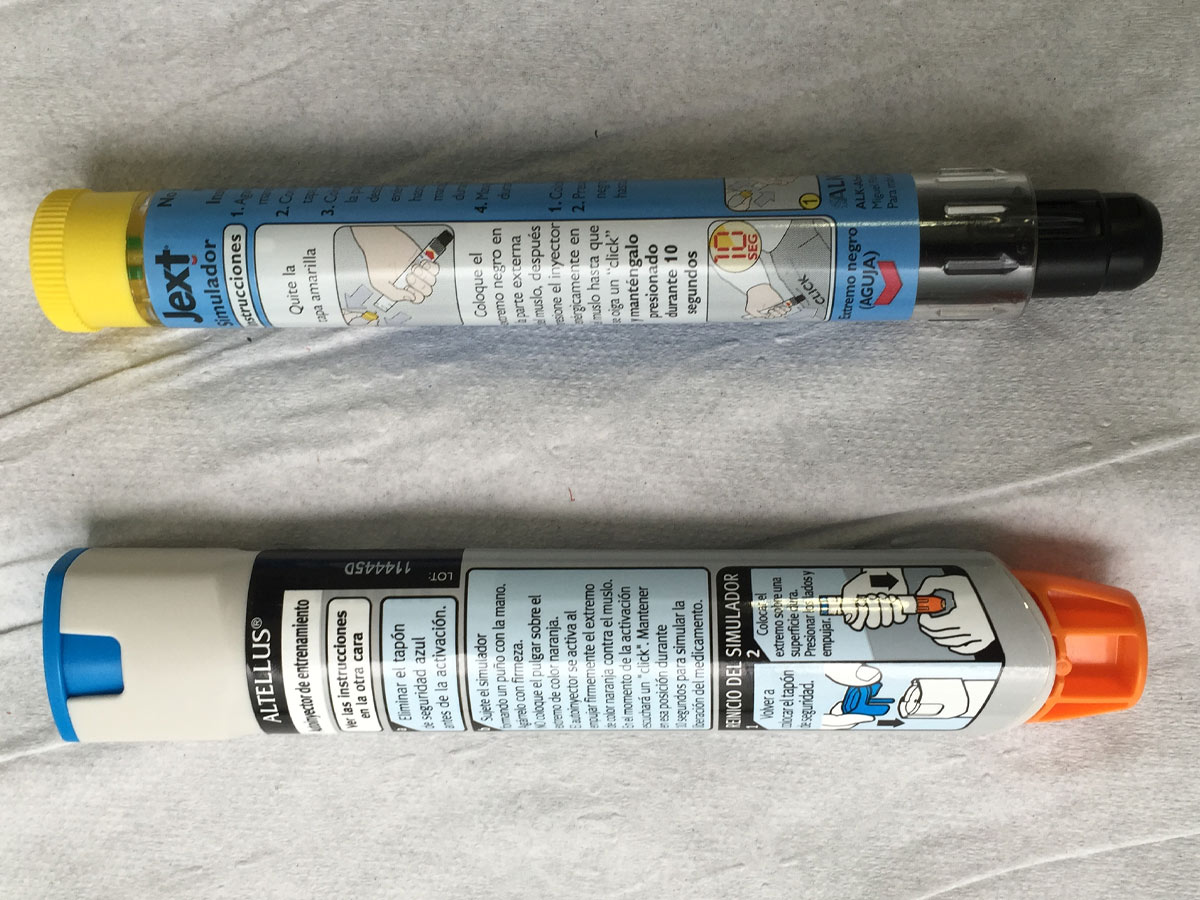
The EpiPen, a literal lifesaver for many with severe allergies, has its roots in military technology. It was developed in the 1970s based on the ComboPen, designed to protect soldiers from nerve gas. The EpiPen's auto-injector technology allows for quick, easy administration of epinephrine during anaphylactic shock.
In civilian life, it's given millions with severe allergies the confidence to live normal lives. Schools, restaurants, and public spaces now commonly stock EpiPens. This military spin-off has not only saved countless lives but also raised awareness about severe allergies. It's a prime example of how military medical innovations can have far-reaching impacts on public health and safety.
The Telegraph

The telegraph, developed in the 1830s-40s, quickly became a crucial military communication tool. It allowed for rapid long-distance communication, revolutionizing military strategy and coordination. But its impact on civilian life was equally profound. The telegraph ushered in the age of instant communication, shrinking the world in ways previously unimaginable.
It transformed business, allowing for real-time market information and long-distance transactions. Journalism was revolutionized, with news traveling at unprecedented speeds. The telegraph laid the groundwork for future communication technologies, from the telephone to the internet. It changed how we perceive time and distance, paving the way for our constantly connected modern world.
Longbows

The longbow, a medieval military innovation, had surprising impacts on civilian life. Developed for warfare, it required immense strength and skill, leading to mandatory archery practice for English civilians. This military necessity became a popular sport, influencing leisure activities. The demand for longbows also impacted forestry practices, with laws protecting yew trees for bow production.
The longbow's effectiveness led to advancements in armor technology, influencing metalworking techniques used in various industries. While no longer militarily relevant, the longbow's legacy lives on in modern archery sports and bow hunting. It's a reminder of how military innovations can shape cultural practices and resource management long after their original purpose fades.
The Railroad

The railroad, while not strictly a military invention, was quickly adopted for military use and significantly impacted both warfare and civilian life. Military needs drove rapid expansion of rail networks, which in turn revolutionized civilian transportation and commerce. Railroads connected distant regions, facilitating trade and cultural exchange.
They were crucial to industrialization, allowing for efficient transport of raw materials and finished goods. Railroads standardized time zones, changing our perception of time. They also spurred technological advancements in engineering and communication. Today, while less prominent, railroads remain vital for freight transport and are seeing a resurgence in passenger service as an eco-friendly travel option.
Penicillin
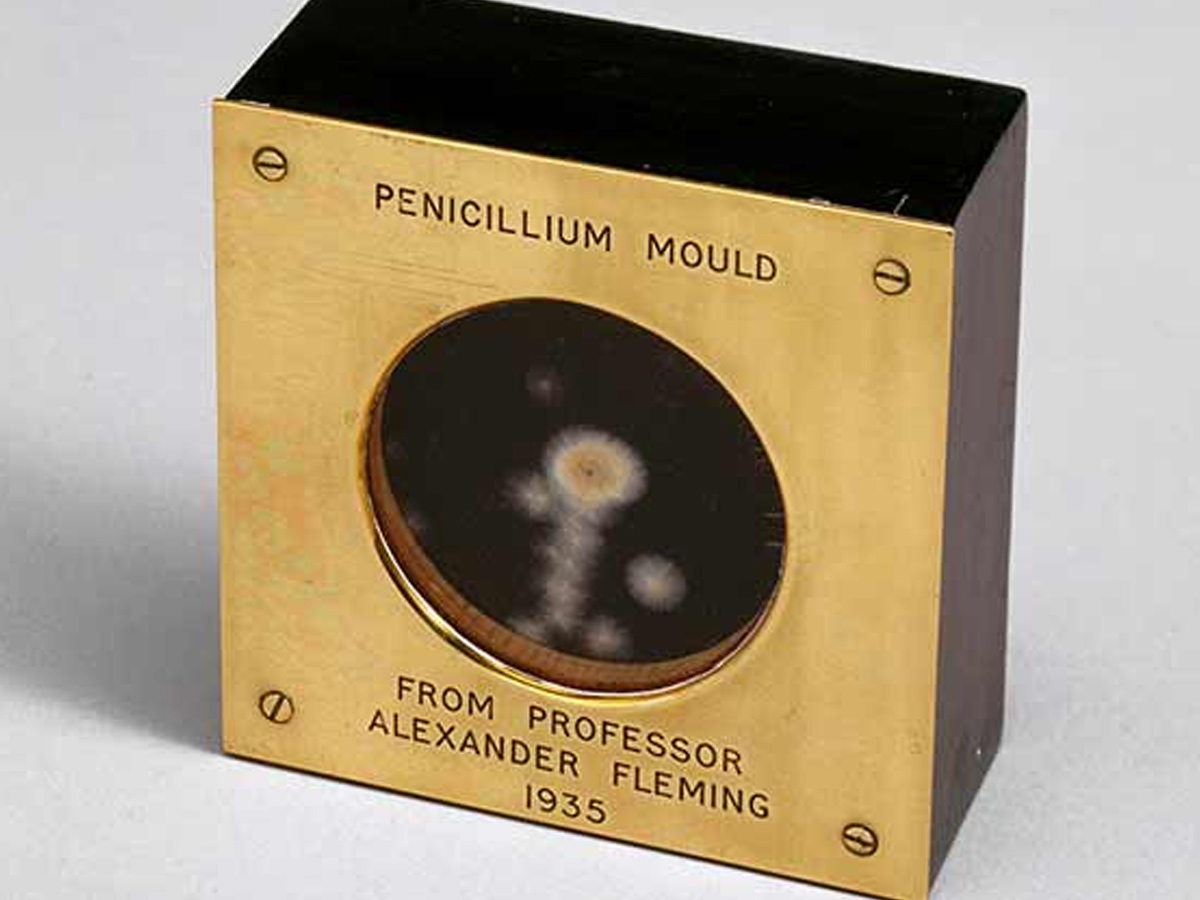
Penicillin, discovered by Alexander Fleming in 1928, became a crucial military asset during World War II, saving countless soldiers from infected wounds. Its success on the battlefield led to rapid scaling of production for civilian use post-war. Penicillin revolutionized medicine, making previously deadly infections easily treatable. It paved the way for the development of other antibiotics, fundamentally changing our relationship with bacterial diseases.
Life expectancy increased dramatically. Penicillin allowed for more complex surgeries and medical procedures by reducing infection risks. However, its widespread use also led to antibiotic resistance, a major modern health challenge. Despite this, penicillin's discovery remains one of the most important medical breakthroughs, shaping modern healthcare and saving millions of lives.
Blood Transfusions and Banks
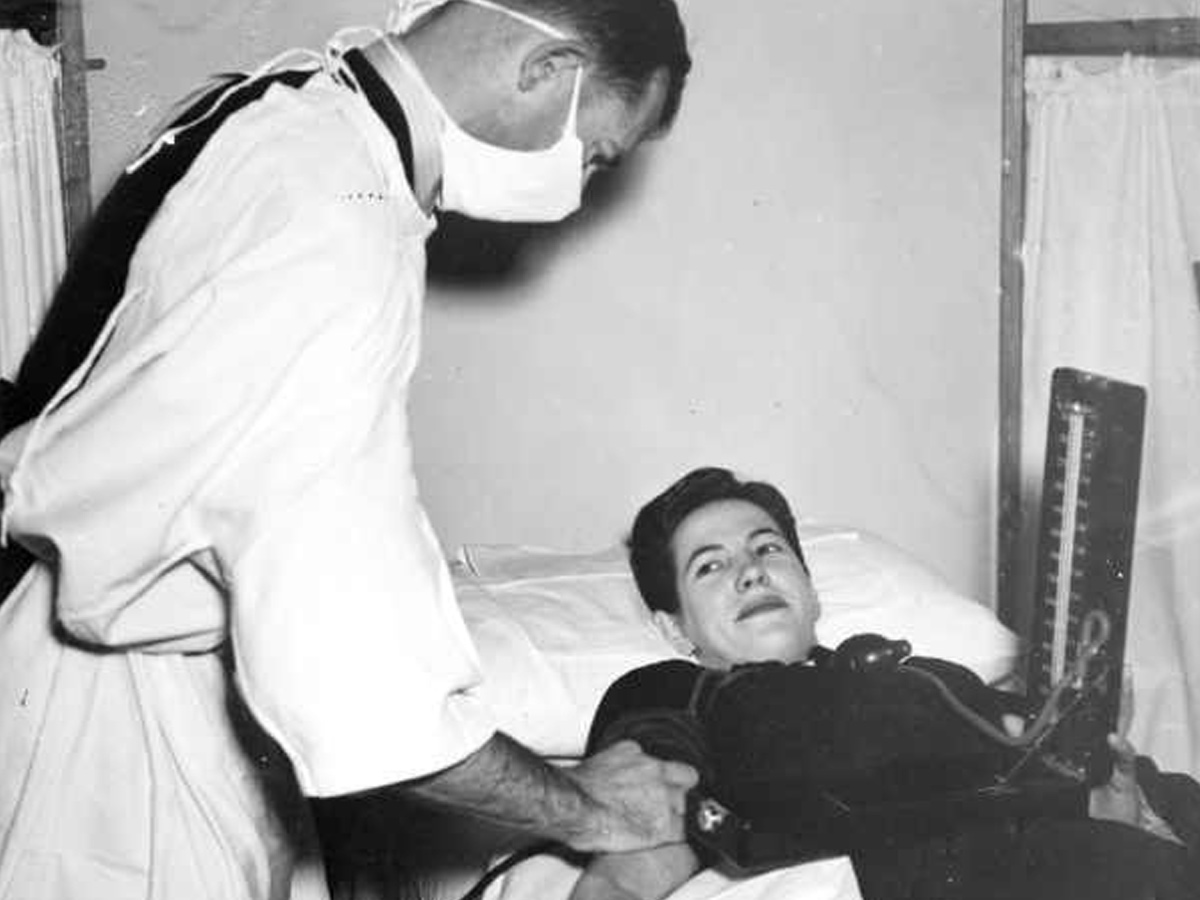
Blood transfusions and banks, while not entirely military innovations, saw significant advancements due to wartime needs. The concept dates back centuries, but World War I drove the development of blood storage and typing techniques. By World War II, large-scale blood banking was established. This military medical advance translated directly to civilian healthcare, revolutionizing surgery and trauma care.
Blood banks became vital infrastructure in hospitals worldwide. They've saved countless lives in emergencies and enabled complex medical procedures. The concept of blood donation became a form of civic duty. Today, blood banking technology continues to evolve, improving storage methods and developing artificial blood substitutes, all stemming from those wartime innovations.
Sanitary Napkins

Sanitary napkins, believe it or not, have a connection to military innovation. During World War I, nurses discovered that cellulose bandages used for wound dressing were more absorbent than traditional cloth pads. After the war, Kimberly-Clark repurposed this material to create the first disposable sanitary napkins. This innovation dramatically improved women's hygiene and comfort during menstruation.
It allowed for greater mobility and participation in work and sports. The taboo around menstruation began to lessen as products became more widely available and advertised. This military spin-off not only improved women's health but also contributed to women's liberation by providing more freedom and confidence in daily life.
 Author
Courtney Holt
Last Updated: June 24, 2025
Author
Courtney Holt
Last Updated: June 24, 2025